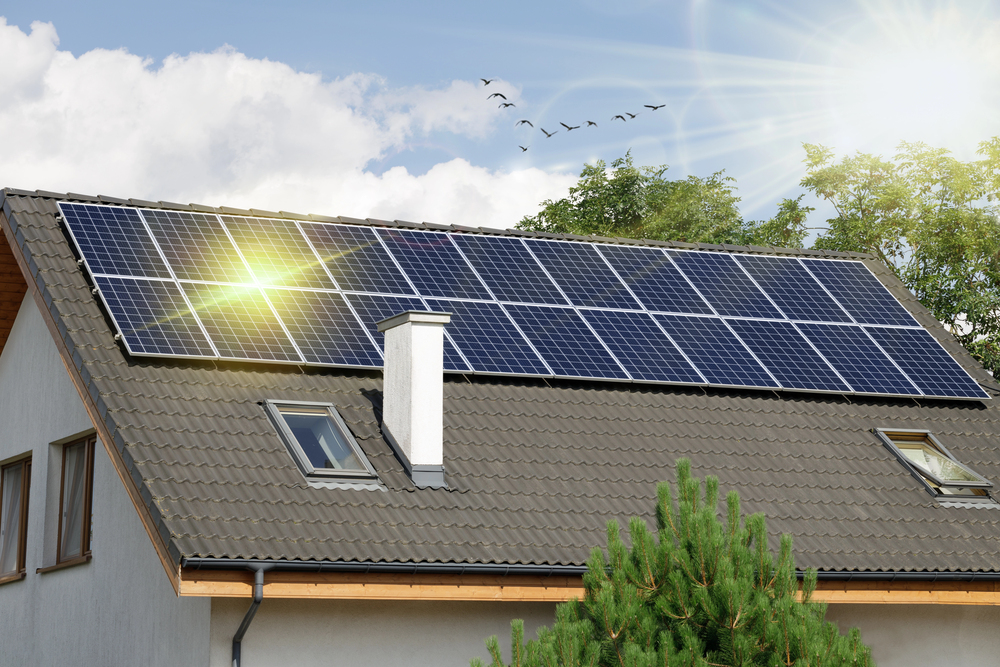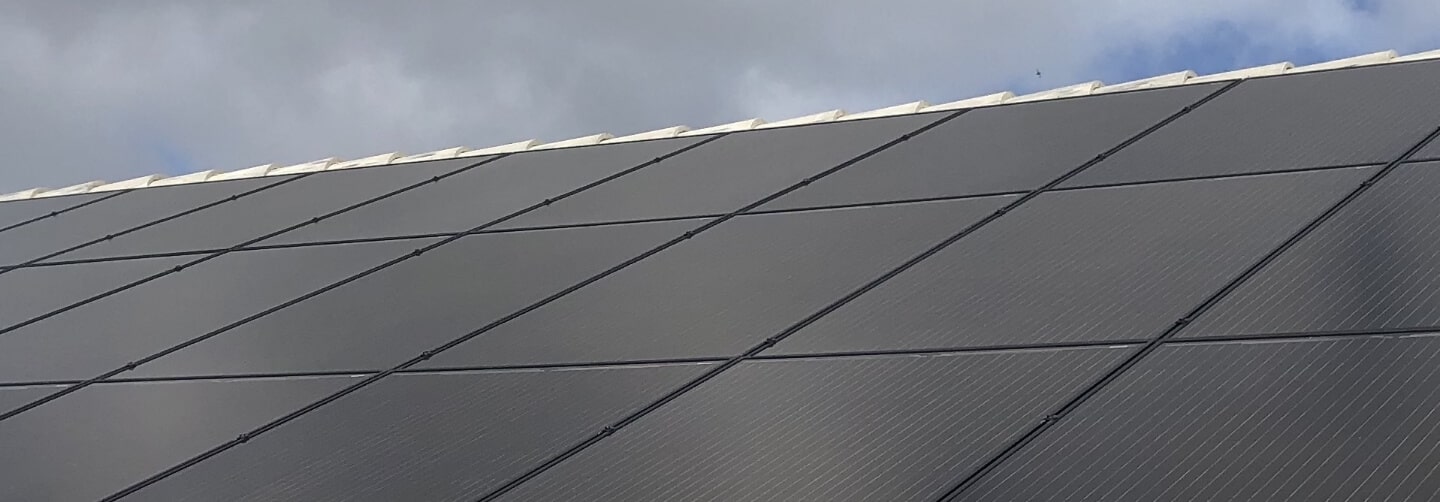Wiring Series Vs. Parallel Solar Panels: Key Differences

The way you wire your solar panels affects every aspect of your energy system, from output and efficiency to long-term reliability. Choosing between series vs. parallel solar panels is a technical decision and a practical step that determines how well your system handles shade, distance, and charging requirements.
When you understand how voltage and current behave in each wiring setup, you can build a system that matches your power goals and operating conditions.
Series Vs. Parallel Solar Panels Explained
When wiring solar panels in series or parallel, the main difference lies in how voltage and current behave. A series connection links panels end-to-end, where the positive terminal of one panel connects to the negative terminal of the next. In this setup, the voltages add together, while the current stays the same as a single panel.
In contrast, a parallel connection ties all the positive terminals together and all the negative terminals together. In this arrangement, the current from each panel adds up, while the voltage remains equal to that of a single panel.
Each approach creates a distinct profile for your solar system. In a series connection, three panels rated at 18 volts and six amps will output 54 volts and six amps.
In a parallel connection using the same panels, the system will produce 18 volts and 18 amps. This difference determines how efficiently your system delivers energy and also how it reacts under real-world conditions like partial shading or long cable runs.
Advantages of Wiring Solar Panels in Series
Series wiring is often the best fit for larger installations and locations with minimal shade. The higher voltage reduces amperage, which allows you to use thinner, more affordable wires without significant power loss. Lower current also minimizes heat buildup across cables, which keeps transmission more efficient over longer distances.
Another advantage comes during low-light conditions. Batteries require a higher voltage than their nominal rating to charge. For instance, a 12-volt lithium battery may require around 14.4 volts to begin charging. A single panel producing 18 volts can manage this in full sun, but may struggle during cloudy weather. When you wire panels in series, the increased voltage provides more flexibility for charging even when the overall system output drops.
This approach requires an MPPT charge controller, which adjusts voltage and current to match your battery bank without sacrificing available power. MPPT controllers cost more than PWM controllers. However, the efficiency gains from series wiring justify the investment for most stationary or grid-tied systems.
Advantages of Wiring Solar Panels in Parallel
Parallel wiring suits smaller systems, portable applications, and shaded environments. In this arrangement, each panel operates more independently.
If one panel experiences shade or a drop in performance, the rest of the system continues producing at normal output. This makes parallel wiring ideal for RVs, boats, or rooftops where vents, racks, or trees may cause shadows at different times of the day.
Because voltage remains the same, parallel systems often pair well with PWM charge controllers. These controllers are more affordable than MPPT units and perform adequately for low-voltage, small-scale installations.
A parallel setup also makes system expansion easier. You can add panels without worrying about exceeding voltage limits, which offers flexibility for growing systems over time.
However, parallel wiring requires thicker cables to handle higher currents. Thicker conductors add cost and may still suffer more line losses over long runs compared to series systems. Parallel connections work best in compact layouts, where cable distances remain short.
Balancing Performance with Series-Parallel Wiring
Many solar energy systems benefit from a hybrid approach that combines the strengths of both series and parallel wiring. This layout (called series-parallel) groups panels in series to raise voltage, then ties those groups together in parallel to increase current.
For example, four panels rated at 18 volts and six amps can be wired into two series pairs. Each pair produces 36 volts at six amps. Connecting the pairs in parallel creates a system that outputs 36 volts at 12 amps, delivering about 432 watts. This setup balances efficiency with resilience, maintaining steady production even when some panels experience shading.
Series-parallel wiring also pairs well with MPPT controllers, which can handle the mix of voltage and current while maximizing system output.
Key Considerations in Solar Panel Series Vs. Parallel Wiring
Choosing between solar panel series vs. parallel wiring should reflect your location, energy storage needs, and system size.
Series wiring provides high voltage, low current, and efficiency over distance. It is ideal for unshaded areas, grid-tied homes, or commercial systems that need stable performance and long cable runs.
Parallel wiring provides consistent voltage, higher current, and better shade tolerance. It is best for small, shaded, or portable systems where flexibility and redundancy matter more than distance efficiency.
Safety also plays a role. Series systems involve higher voltages, which demand careful component selection and professional installation to avoid electrical hazards. Parallel systems carry higher currents, which require thicker wires and reliable overload protection to prevent overheating. A hybrid approach may offer the safest balance when designed correctly.
Cost is another factor. Series systems often require less cabling and lower installation labor, reducing upfront costs. Parallel systems require more components but may save money in maintenance over time due to reduced shading impact and redundancy. Evaluating the balance of initial investment versus long-term reliability will guide the right choice for your application.
Partner with Solar Energy Solutions of America
Wiring your panels in series or parallel shapes determines how your solar energy system performs. Voltage, current, and shade tolerance all depend on how you connect your array. Series setups deliver high efficiency and lower costs for long runs and unshaded areas. Parallel setups bring shade resilience and flexibility for smaller or portable systems. Series-parallel designs balance both advantages for more complex installations.
At Solar Energy Solutions of America, we design and install systems that fit your specific needs. Our solar services include professional design, installation, and maintenance tailored to Southwest Florida homes and businesses.
From residential solar electric systems to custom hybrid arrays, we create solutions that perform efficiently in real-world conditions. Contact us today to learn how we can optimize your system for reliable power and long-term value.
